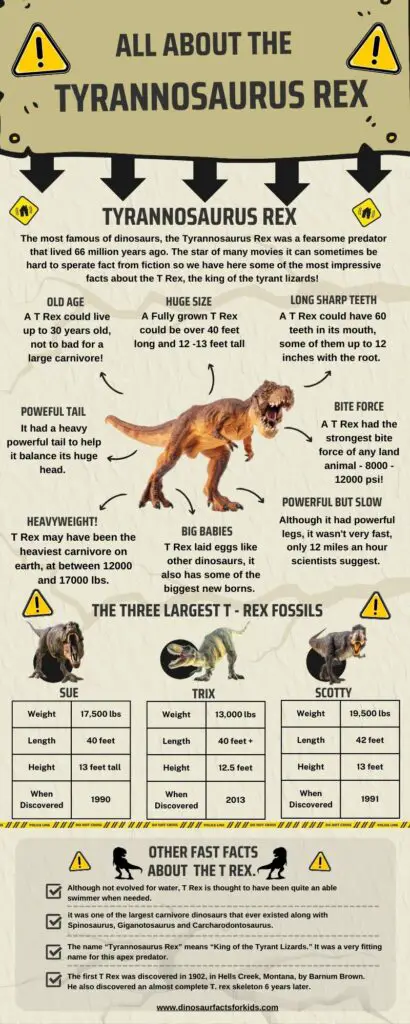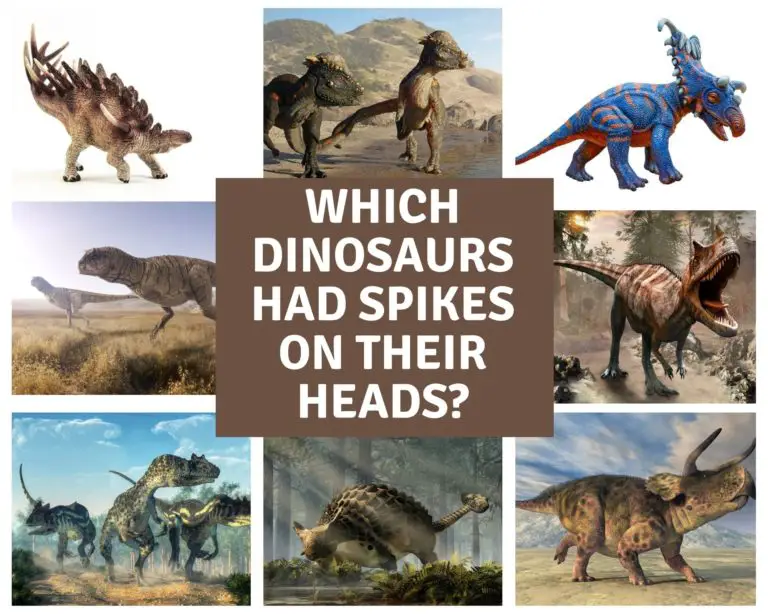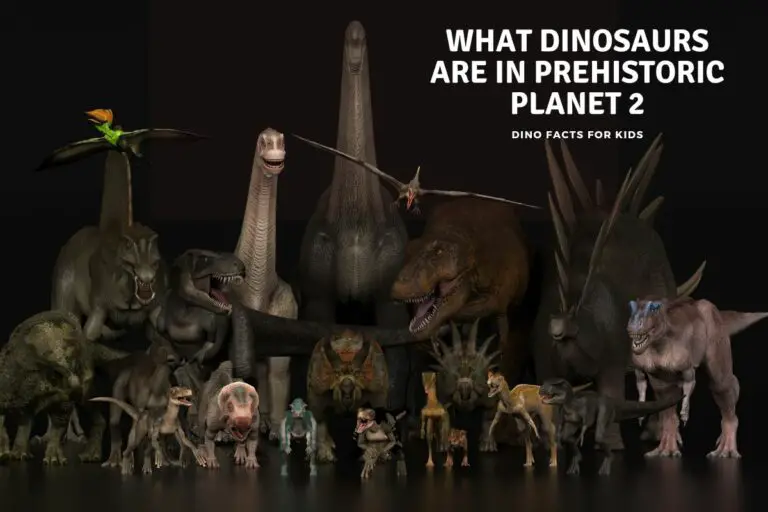Did T Rex Roar?
The one thing that everyone knows about the T-Rex is that it had one of the scariest, most iconic roars out of all the dinosaurs that ever roamed the Earth. Or of any predator that lives today. Or does it? The movies, stories, TV shows, and the scary tales spoken around campfires all say so. But in all reality, did the T-Rex Roar?
The T Rex is not thought to roar as depicted in movies. Studies into paleo acoustics by Julia Clarke have suggested that T rex vocalized in low rumbles, hisses and other low frequency sounds. It’s inner ear was suited to picking up these low frequency sounds and these rumbles were likely used to communicate.
The T-Rex roar that is so famous to all dinosaur lovers across the globe is not even close to the sound that the carnivorous monster would have made. In fact, the sound that it would have made was more like a deep-throated rumble. The sound would have been low, deep, and more terrifying than any loud, high-pitched roar would have ever been.
That may be a little disappointing to those expecting to hear that the Tyrannosaurus Rex had the loudest, most vocal roar when attacking its prey. It would have paralyzed its victims in fear for sure, but when you think about it, so would a low deep sound much like a charging grizzly bear would make. This is not a statement without proof, so let’s dig into why scientists have made this bold claim.
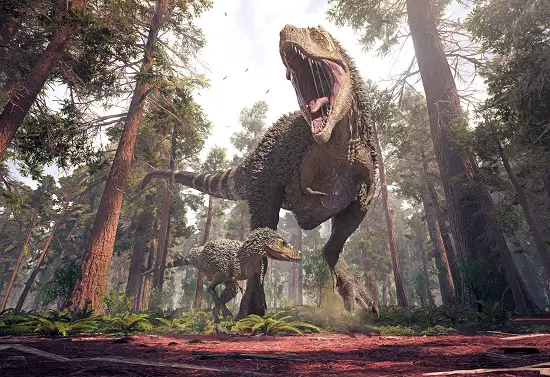
The Real T-Rex Roar
To understand what the T-Rex roar would actually sound like means that you need to travel back into the past, to the time when they ruled the land. There was not much that the Rex was afraid of, and there was even less that would mess with one.
But the thing is that the image that you have in mind about the mighty Tyrannosaurus Rex is wrong. What you have seen on the big screen is so far from the truth that it shows why it is a work of fiction, impressive nonetheless, but still far removed from the likely reality.
T-Rex and Its Ancestry
One of the most common misconceptions about the T-Rex, or dinosaurs in general, is that they were all cold-blooded lizards that were larger than life. They grew to extreme sizes because of the environment that they were born into. But scientists and paleontologists have formed their own ideas about the lineage of the Rex, which is far from what you have seen in the movies or read about in outdated books.
You will never be able to understand the concept behind the sounds that the T-Rex would have made without knowing the actual facts. Those facts start with the relatives of the T-Rex and how the king of the dinosaurs came to be.
- Lizards – The most common assumption that all of you have had for years is that the T-Rex was a lizard. You must have been dreaming if you have ever heard a lizard roar. Their sounds are more like high-pitched clicking and hissing, nothing like a mighty roar.
- Crocodiles – The T-Rex is actually a close relative to the crocodile, so it is plausible, if not probable, that the king would have made similar sounds. That sound is also more of a hiss and a chirp, with an occasional bellow. They do not roar.
- Birds – Another close ancestor of the Rex is the bird. The movie depictions of the dinosaur are not as accurate as you may think. The baby T-Rex would have looked like a fluffy baby ostrich, and the adults would have had tufts of feathers on their heads and back. Birds chirp, sing and chatter, no roaring.
If you put these three together and combine the sounds they make, it is apparent that the king of the meat-eaters would not have made an enormous roar. In fact, it shows that the sounds they would have made would have been more like a low-pitched rumble or click in their throat or a high-pitched hissing that would have sent chills up and down your spine.
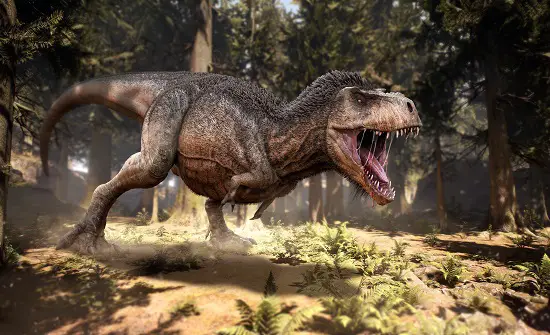
How Were the Sounds of The T-Rex Discovered
It may seem a little far-fetched to believe that a creature that could reach 40 feet long, 12 feet high, and weigh up to 15,500 pounds would emit sounds like a crocodile mixed with a bird. Numerous scientists in the field have checked and rechecked the facts, especially the team led by Professor Julia Clark at the University of Texas. They brought some of the best technology of the day and set out to replicate the sounds of the dinosaur.
- They started by taking 3-D scans of the T-rex’s skull.
- She found that the hearing of the dinosaur would have been tuned in to low-frequency noises.
- They also found that the way the hearing canal was formed, the Rex would have had an ultra-sensitive hearing.
- They then combined the throaty sound of an alligator and the musical sound of a bird into one sound.
- That sound was enhanced to allow for the massive size differences.
- Sounds that were created were deep, low thrumming sounds that could be felt as well as heard.
The sounds that were found to come from a combination of the T-Rex’s closest relatives were far from the mind-numbing roar portrayed in so many movies and books. The sound would have been something low that could have traveled throughout the predators stomping grounds, allowing them to communicate with other dinosaurs in the area.
Plus, the hearing of the beast was so sensitive to noise that a loud roar would have hurt their ears to the point of making them numb themselves, which would not the the best idea when hunting other dinosaurs!
We have a huge selection or articles to answer the common and some less common questions about the Tyrannosaurus Rex here on the site and to make it easier to access we have them in the table below.
Conclusion
It is hard to believe that one of the greatest predators to have ever lived was more likely to have been a large, oversized bird-like creature rather than the enormous menacing lizard that was initially thought. Along with that comes the sounds that they would have made, which could not have possibly been more than a deep-throated grunt or hiss because of the way its skull was formed.
The mighty roar of the T-Rex may sound impressive on the big screen. It may even send a chill or two up your spine, but what would be even scarier if you think about it. A low rumbling hiss from the brush that gets closer and closer to you as you run for your life. It has been found that these types of noises scare more people than a roar ever could. And that is what the actual roar of the T-Rex would have sounded like.
References
- https://www.amnh.org/dinosaurs/tyrannosaurus-rex#:~:text=Up%20to%2040%20feet%20in,flesh%20on%20its%20huge%20bones.
- https://www.nationalgeographic.com/animals/article/151024-animal-behavior-lizards-reptiles-geckos-science-anatomy
- https://www.youtube.com/watch?v=cpipaUfcnmM
- https://carnegiemnh.org/what-did-dinosaurs-sound-like-paleoacoustics/
Hi, I am Roy Ford a General Studies and English Teacher who has taught all over the world. What started as a fossil collection became a great way to teach, motivate and inspire students of all ages and all over the world about dinosaurs and from that and children’s love of dinosaurs came the site dinosaur facts for kids, a resource for all ages.

